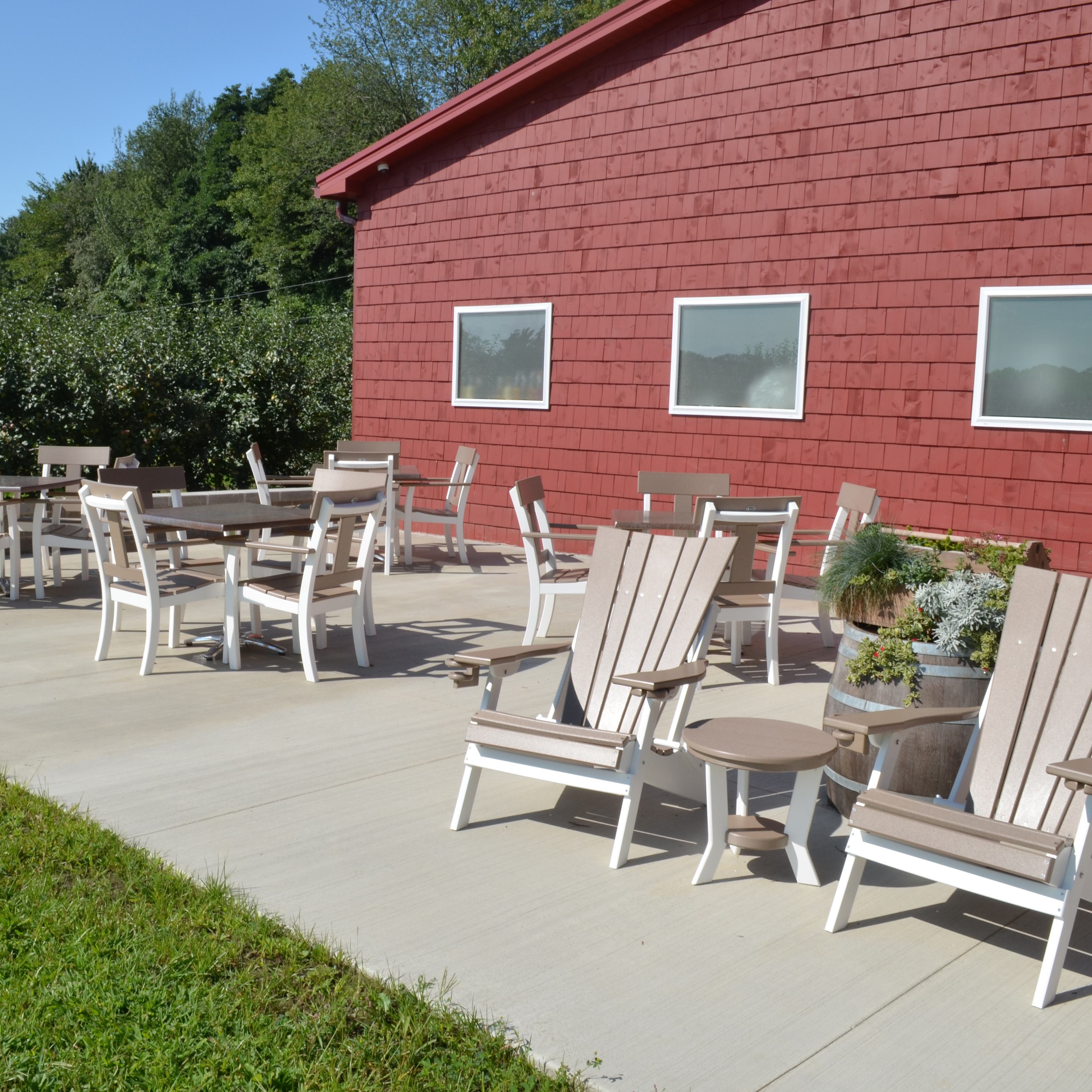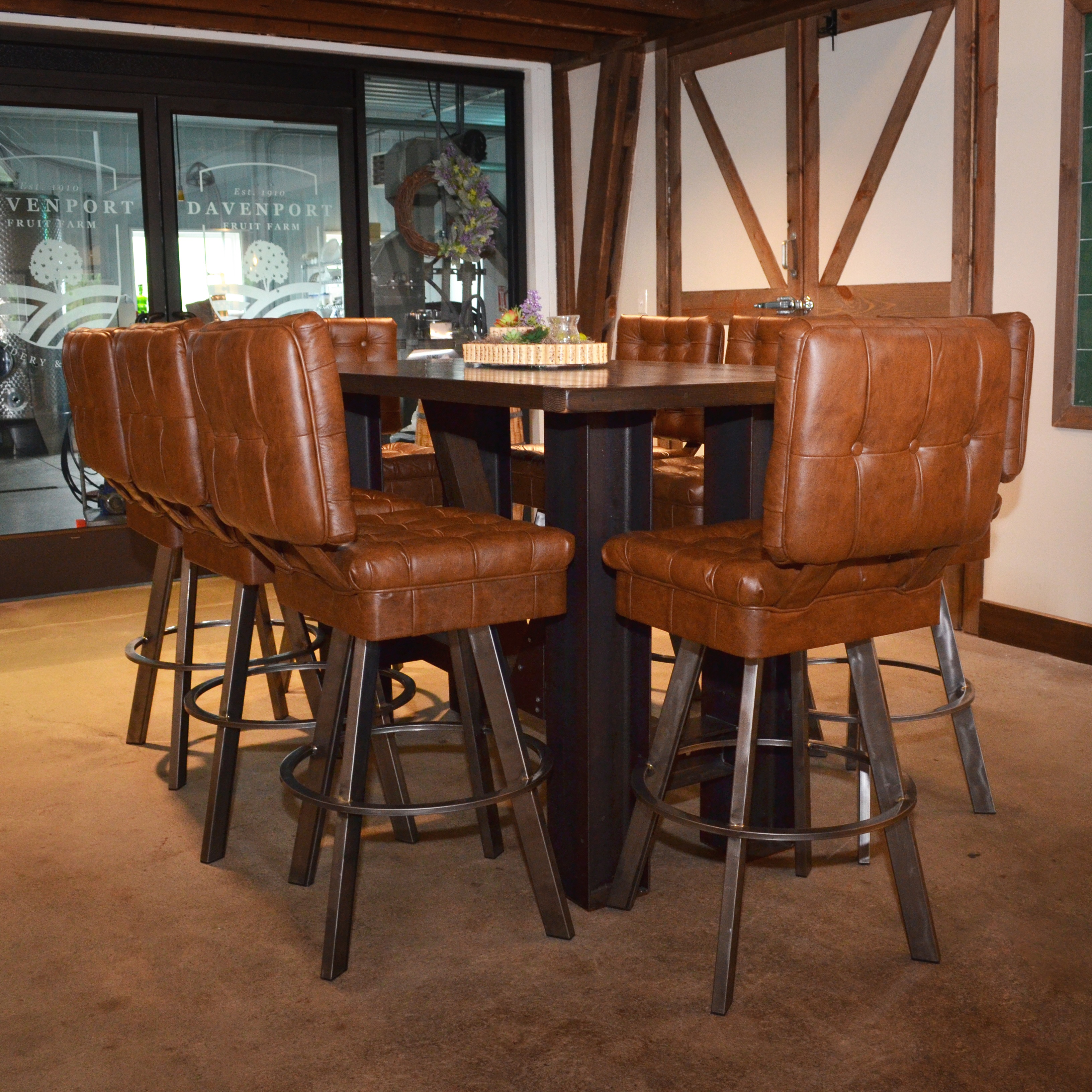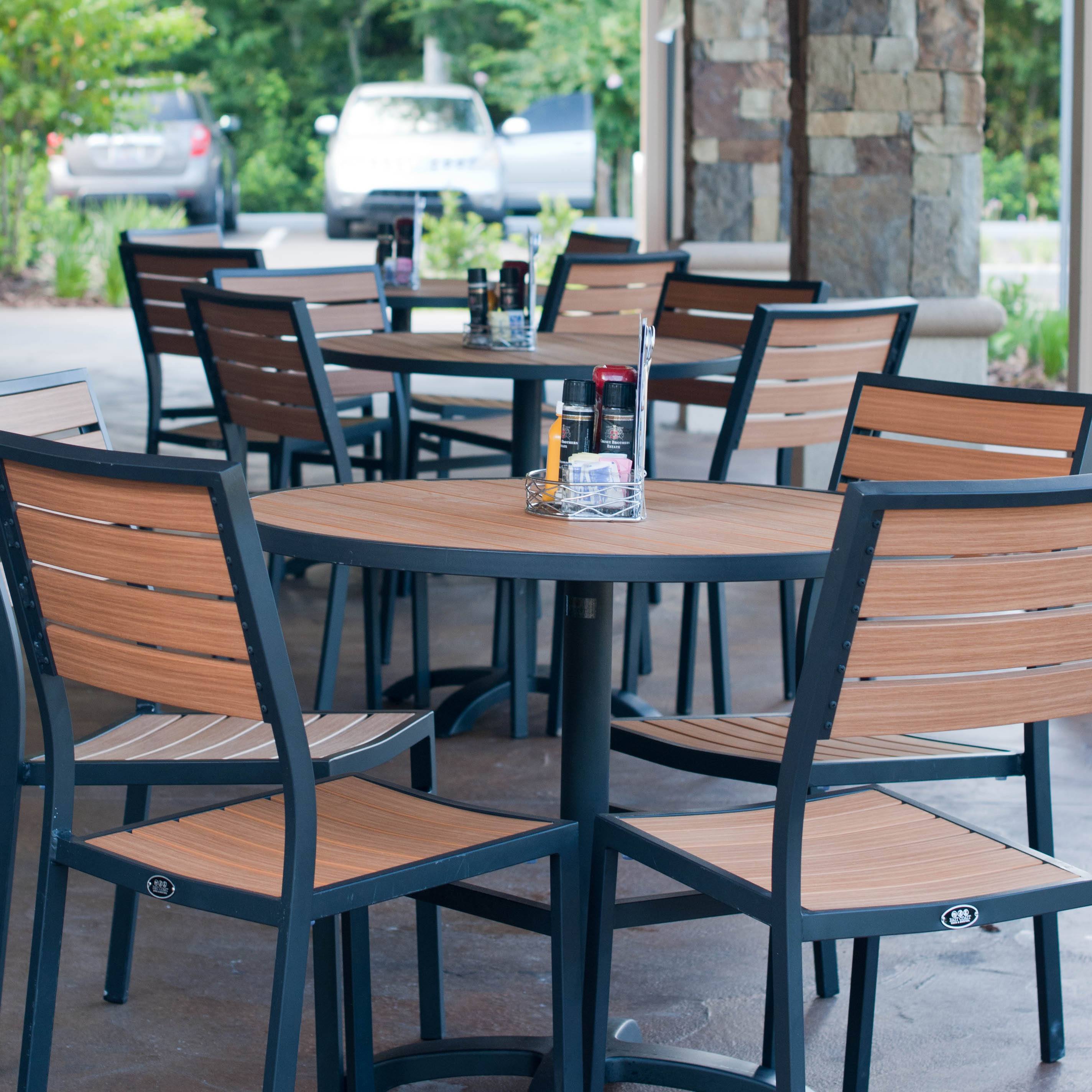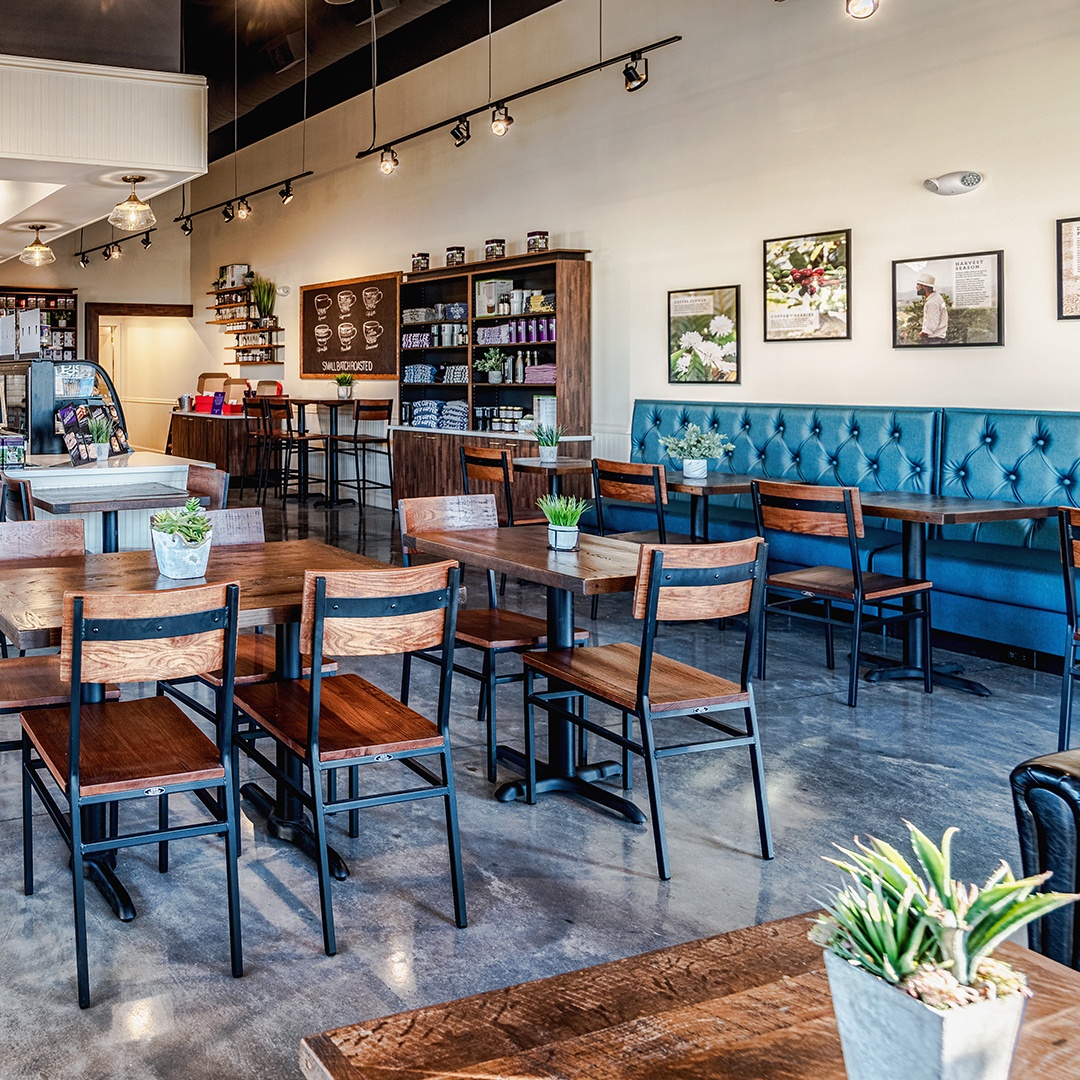Have you dreamed of owning your own restaurant? Maybe you’ve sketched out what the exterior would look like on a napkin, daydreamed about what you would serve, or even picked out your china?
But have you ever thought of taking this dream one step farther and putting your ideas to work?
If you’re looking to bust into the restaurant business but aren’t quite sure of what you would need to do it, we’ve compiled the largest pieces you need, into one guide. And because opening a restaurant is no easy task, we spoke with Rob Coffaro, owner of Coffaro’s Pizza in Slippery Rock, Pennsylvania, to get his expertise on the subject.
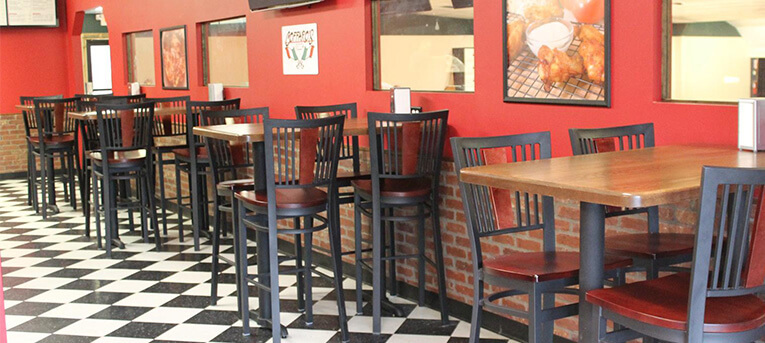
Prep Time
Concept- First things first, you need a concept. This may be something you already have under belt, but if not, you need to cement what your vision is for your restaurant. Having a more concrete concept can help you carry the elements you want into your restaurant more clearly.
Location- Whether you’re taking over another restaurant or building from the ground up, you should have your location. Talk to your realtor about the different options for your commercial venture. This will impact how you finance your restaurant.
Finances- How you finance will largely depend on your situation. If you are so lucky to have been saving up in your personal savings account, these liquid funds could get you on your way. If your credit is in good standing, a credit card could be a viable solution, depending on how much you need. Another option could be a restaurant specific loan or a Small Business Administration loan. A restaurant specific loan is not bound to a specific need and has a varying interest rates and terms, depending on the size of the loan. Based on the financial institution, this loan can have many different names but serves the same purpose. An SBA backed loan can offer lower down payments and longer terms to the business owner but can be difficult to qualify for. To qualify, a business must meet size requirements, be in good financial standing, be in the for-profit industry, and meet the credit requirements of the lending institution. Instead of going the commercial route, you could also have investors help fund your restaurant. If these are friends and family, remember that while the money can be convenient, it can also be a strain on the relationship.
Business plan- After you’ve analyzed the risks and you’re ready to take on the responsibility of owning your own business, it’s time to create a business plan. This plan gives you a guiding light when things seem dark or what to do next. When documenting your business plan, be sure to include information on your concept, team standards, design, target market, market overview, financial risk, business structure, and external individuals that will be helping you run your business (like a lawyer or accountant).
Legal matters- If you plan on serving alcohol or having a BYOB policy, make sure you check your state’s liquor license laws. Some states can take longer than others for this process, so if this applies to your business definitely get a jump on it!
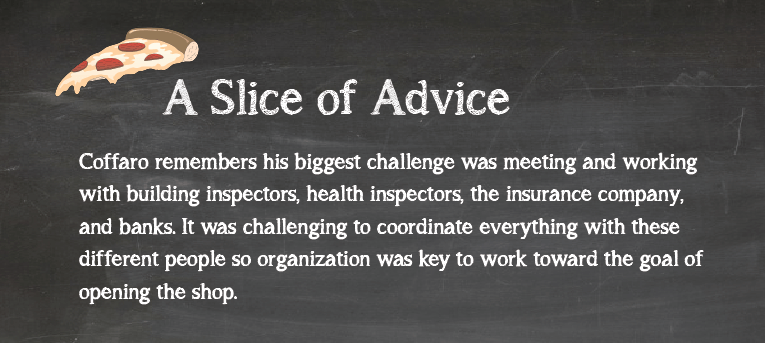
Mix in Your Ingredients
Write your menu- It’s time to test out what culinary creations will grace your menu. Use focus groups of friends, family, and other chefs to narrow down what fits your restaurant’s style and flow. Make sure to also include various substitutions to accommodate guests with food allergies or dietary restrictions. When designing your menu, you need to keep in mind the physical look of the menu, how categories will be presented, and the pattern in how it’s read.
Network- How are you going to obtain the ingredients of your daily fare. Research foodservice vendors on price, quality, and delivery time but also keep local farms or vendors in mind. A great way to build relationships in the community is to partner these homegrown businesses which could help get your foot in the door for future events.
Get social- Start creating a buzz about your establishment. Choose two or three social media platforms that you are well-versed in (or are prepared to master) and begin showing the world what makes your business unique. You have a great opportunity to show the beginnings of your restaurant, from the first time you walk through the door to opening night. Use it!
Dimensions- Space planning can give you important figures such as your capacity, how many pieces of furniture you can order, and the image of how your restaurant will look at the end. There are many requirements that restauranteurs need to implement in their layout. Whether large or small, your restaurant can be planned out before you purchase a single piece of furniture.
Filling the space- To complete your restaurant, you will need commercial furniture and restaurant equipment (think refrigerators, ovens, etc.). Be sure to purchase products that promise quality and durability. Don’t forget to also pick up dinnerware, napkins, cooking utensils, and silverware to run your business smoothly and efficiently. It’s also time to finalize your menus and send them off to print!
Safety is key- In most states; you need to have a pre-operational inspection done before your restaurant opens. During this inspection, there should be absolutely no food on the premises. The pre-operational inspection confirms that your restaurant is compliant with health laws.
Build your team- The amount of upper-level management you need will depend on your business structure and size but most restaurants have a general manager, assistant manager, shift leaders, and chefs. You will want to look for individuals that are successful in recruiting, supervising, and budgeting. When your management team is in place, you can start hiring the wait and kitchen staff. From top level management all the way to the first-time job holder, training is important for seamless, united customer service.

Let’s Get Cooking
Get your feet wet- Have your soft opening a couple weeks before your grand opening that introduces your business to the community. This lets your future customers get to know you and get excited that you will be opening very shortly.
Call your health inspector- Directly after your soft opening, schedule an operational inspection with the health department. Staying up on these issues is important for the longevity of your business.
Make it an event- For your grand opening, make sure that you are present and available. This is the time to enjoy your handiwork and introduce yourself and your team to all those who came out to support you. You should invite some sort of press outlet, but you may want to also hire a photographer to attend. Designate a staff member or friend to be in charge of social media that night, this is an event you will want to remember.
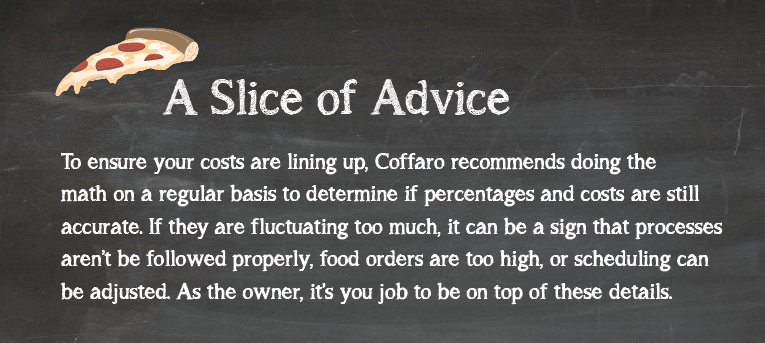
Enjoy Your Final Product
So your restaurant is now a full-blown operational business. That’s awesome, but the hard work is just beginning. You need to keep up on budgeting, food safety, licenses, and your customers’ overall experience. It’s important to keep in mind that while it may be simpler to hire the accountant and just leave the finances to them or hire an assistant to focus on staying up to date on licensing, you need to be involved. Just because your restaurant is open does not mean you can stop researching and educating yourself. Let this and every ounce of customer feedback drive you to become a better restaurant and business. You need to be involved with each workings of your business to protect and nourish it every step of the way.


